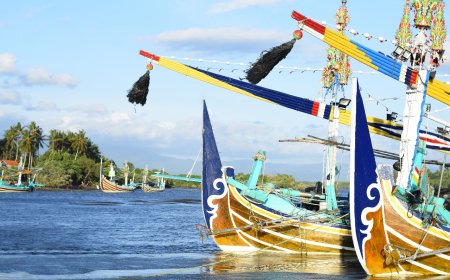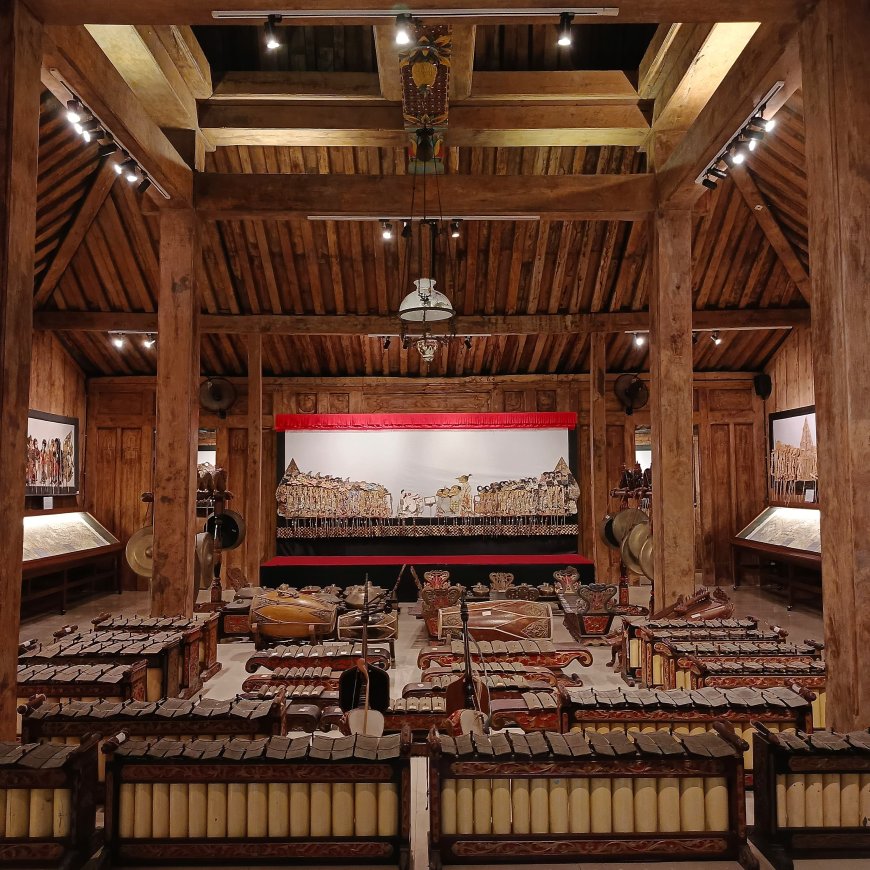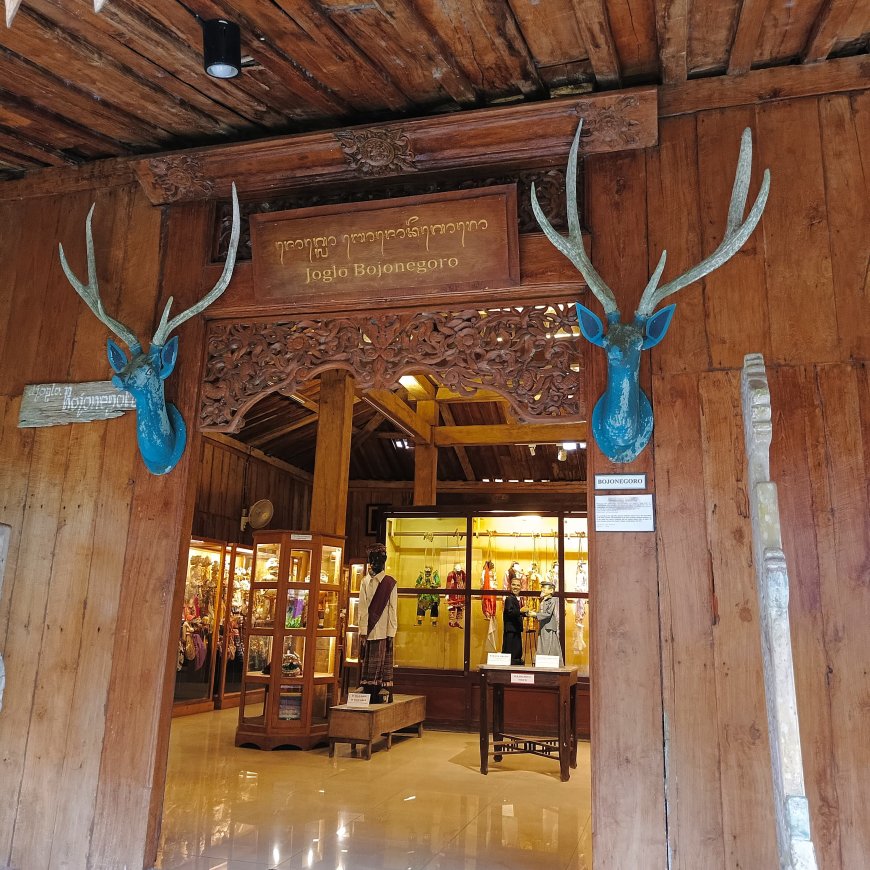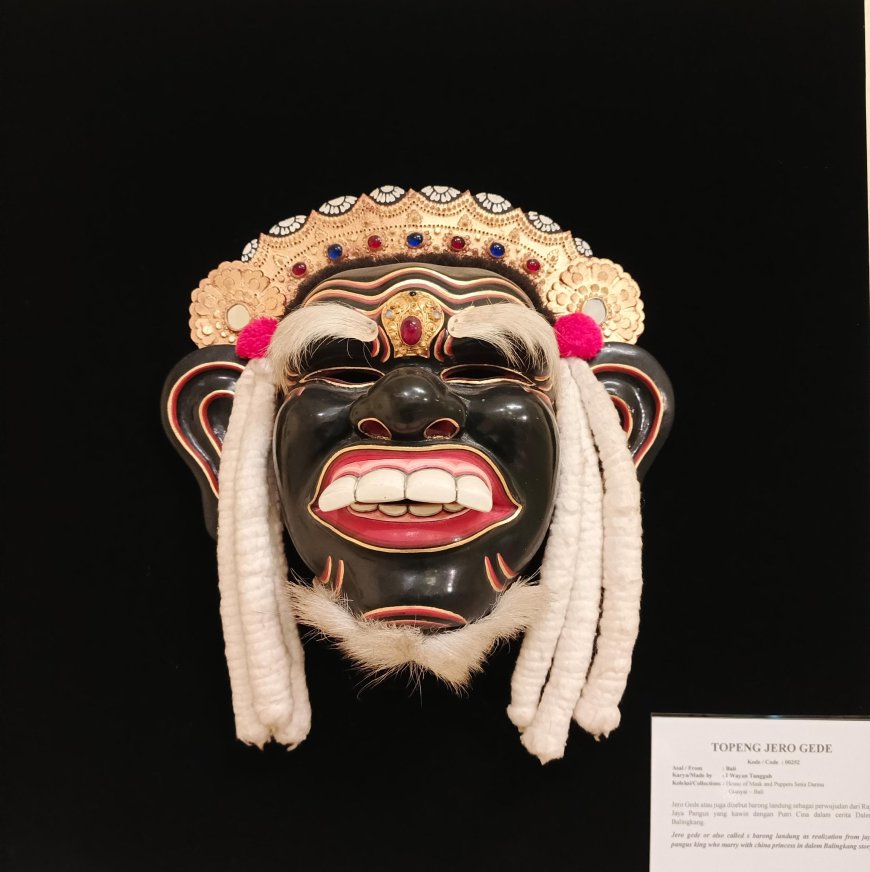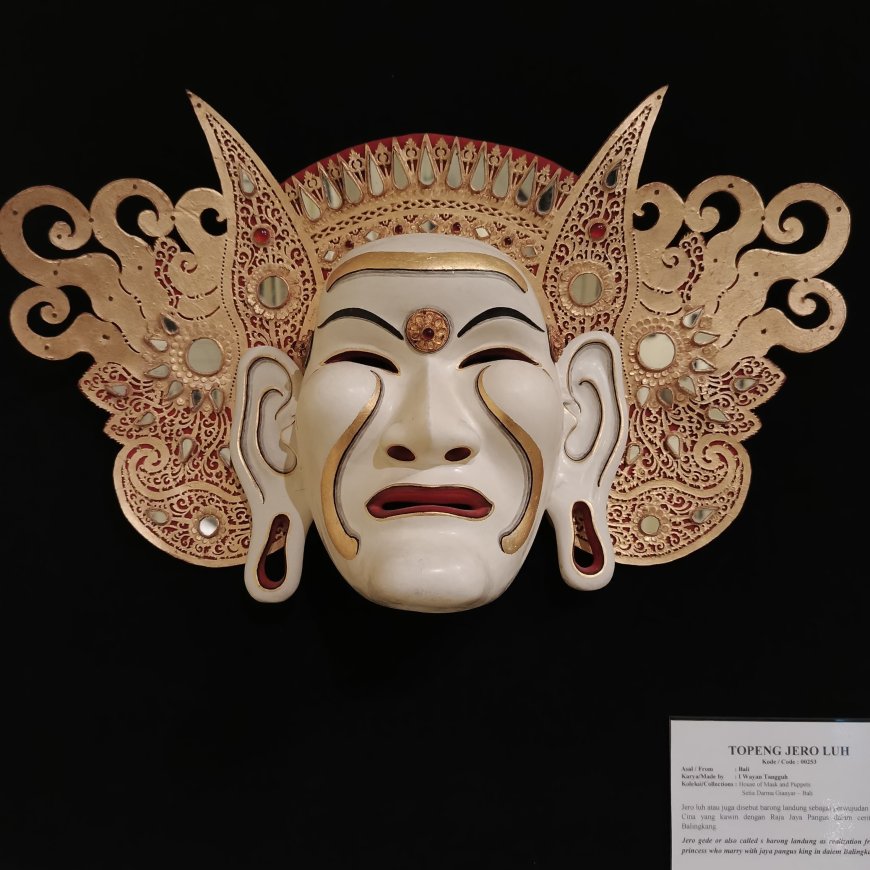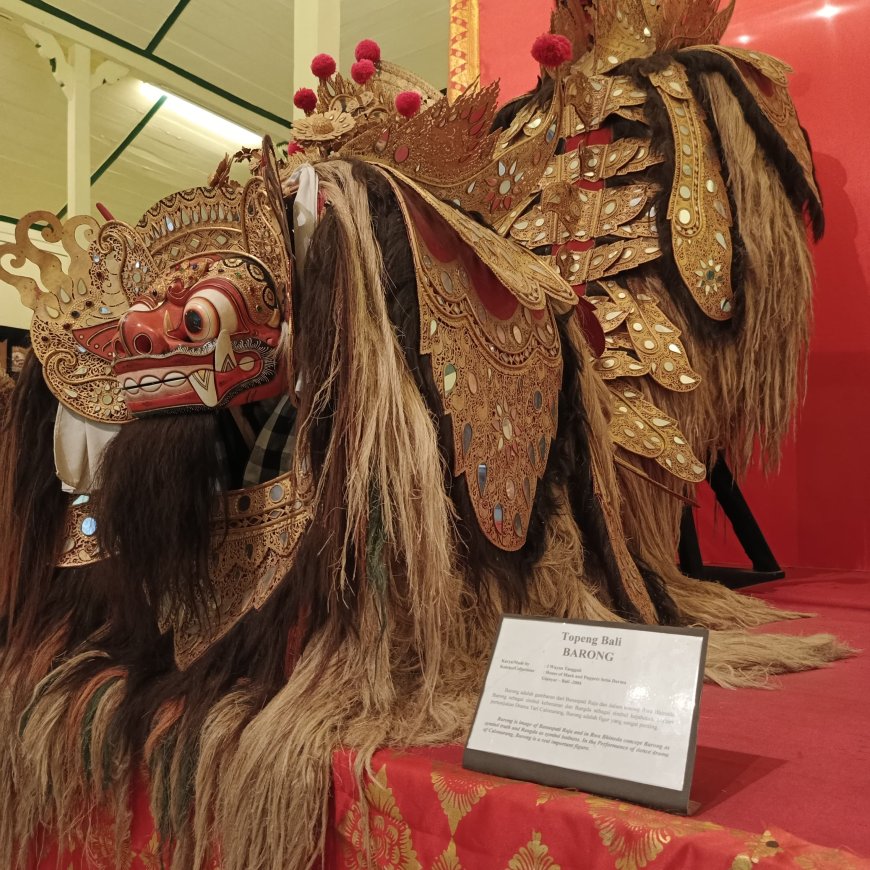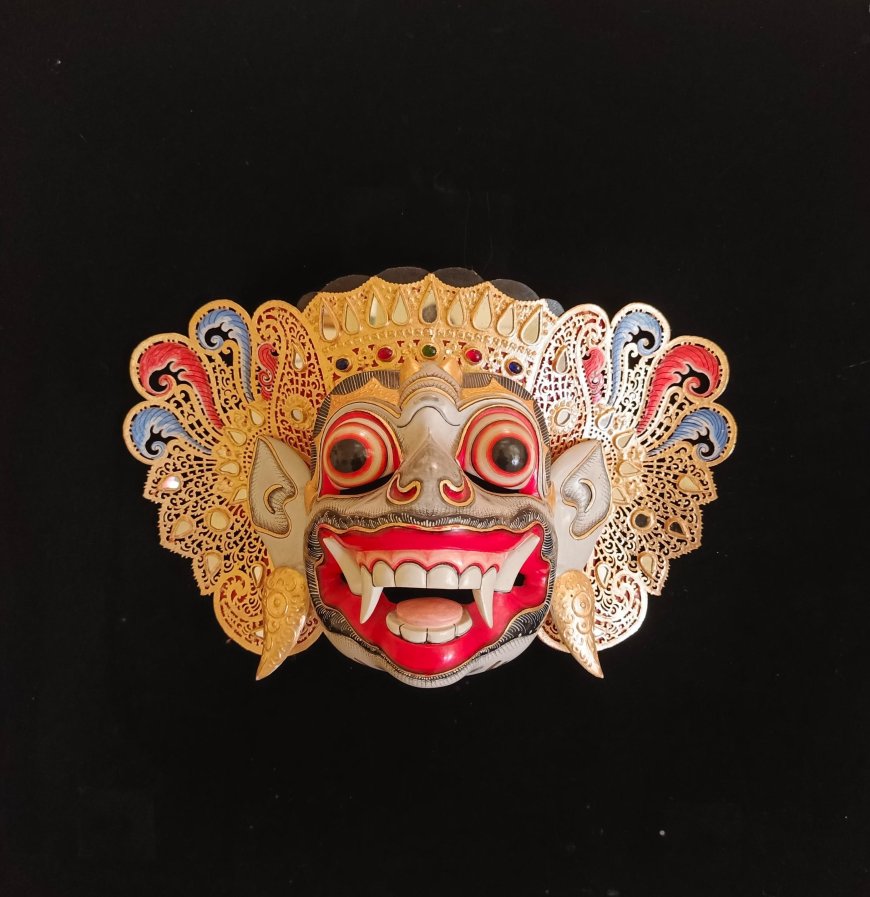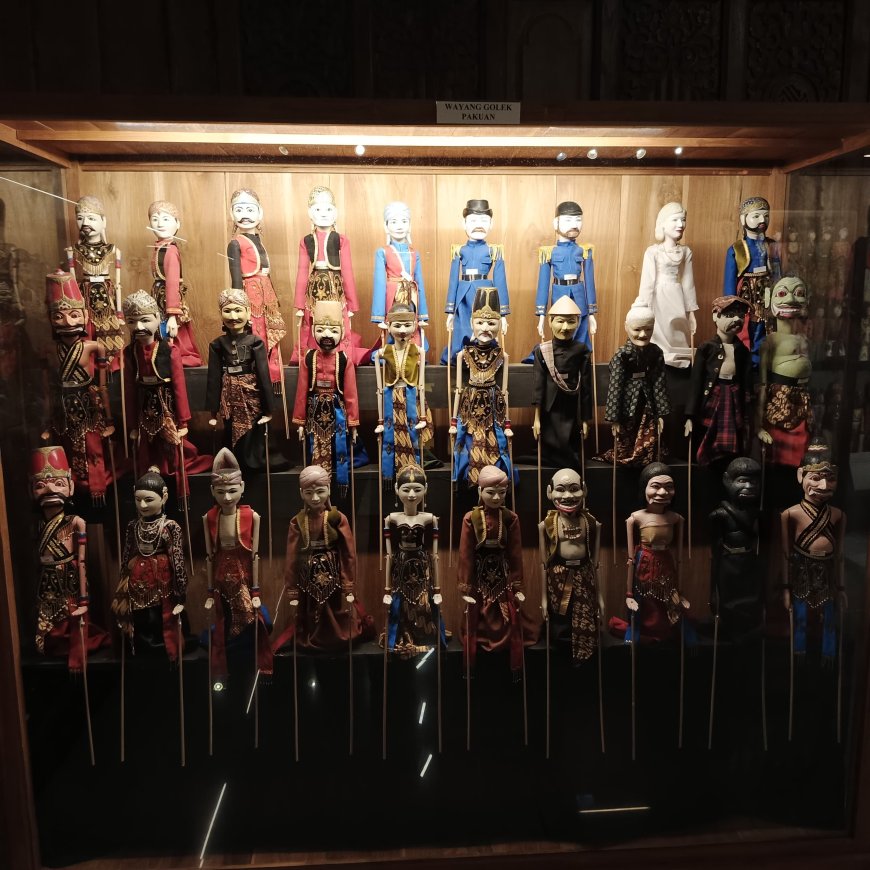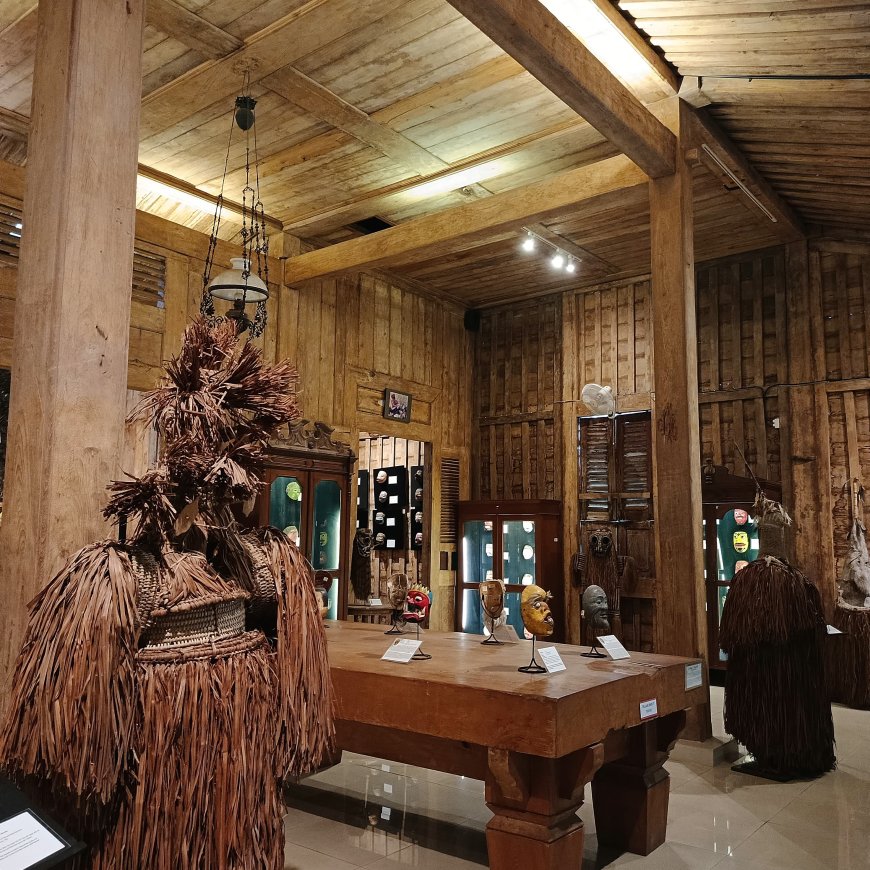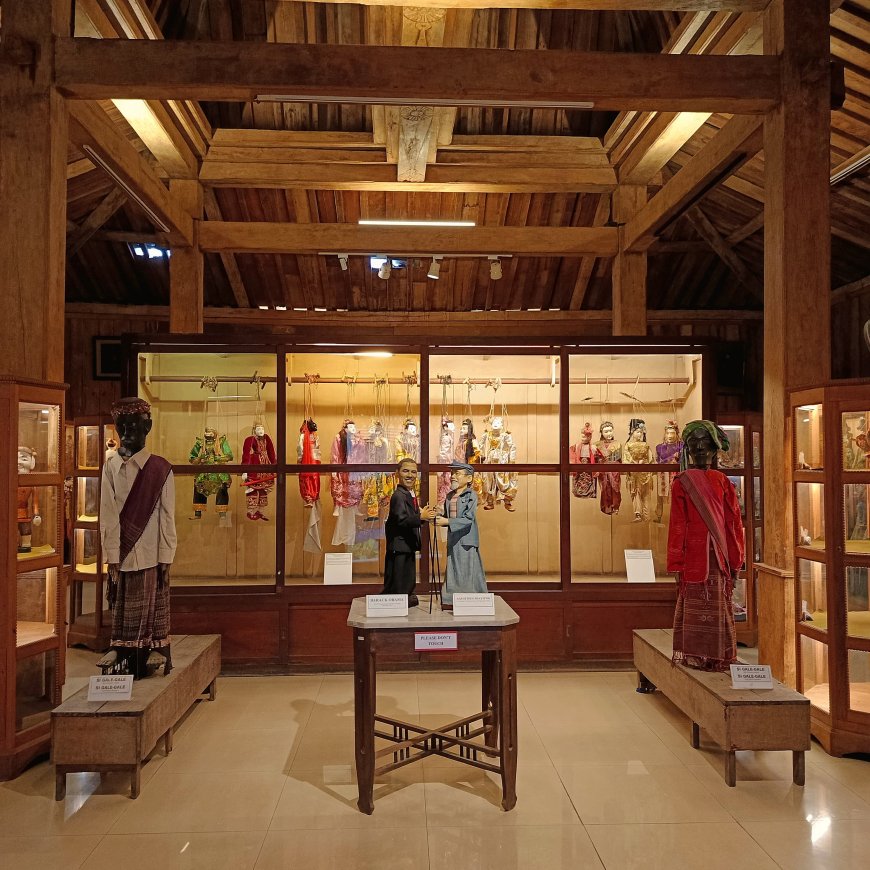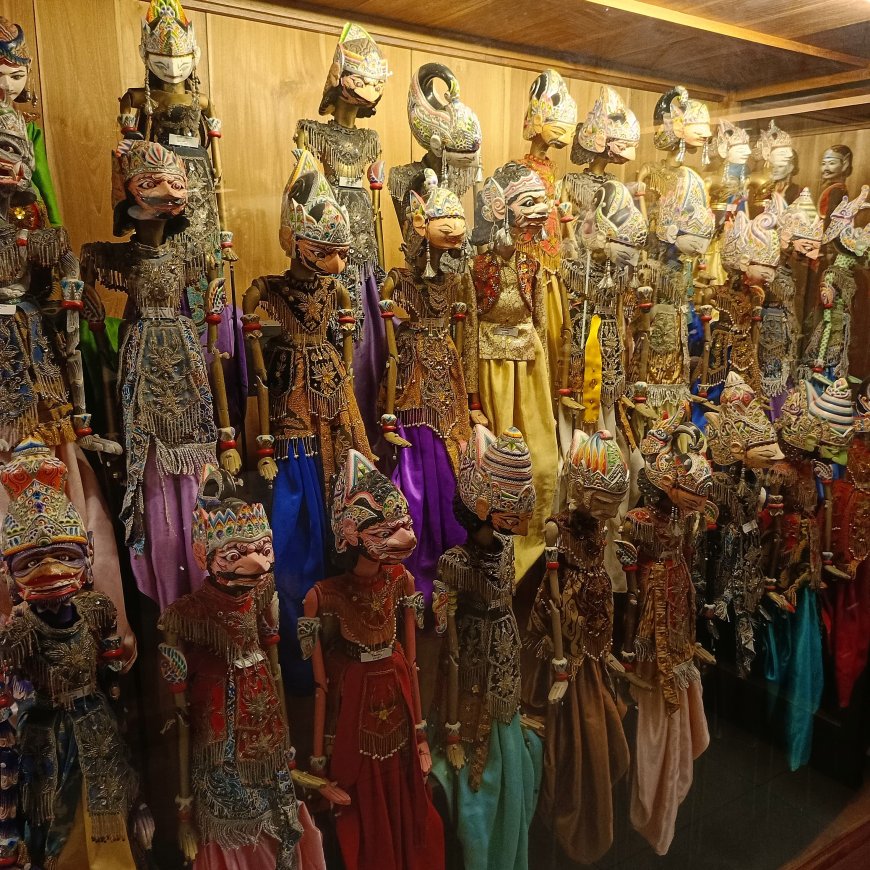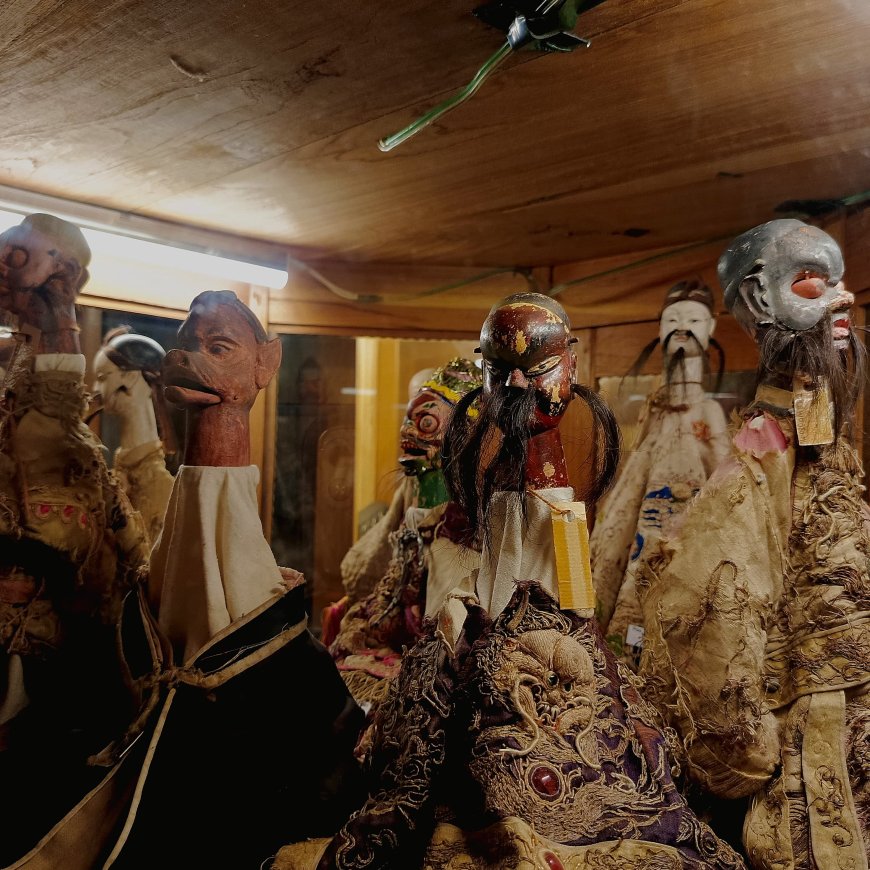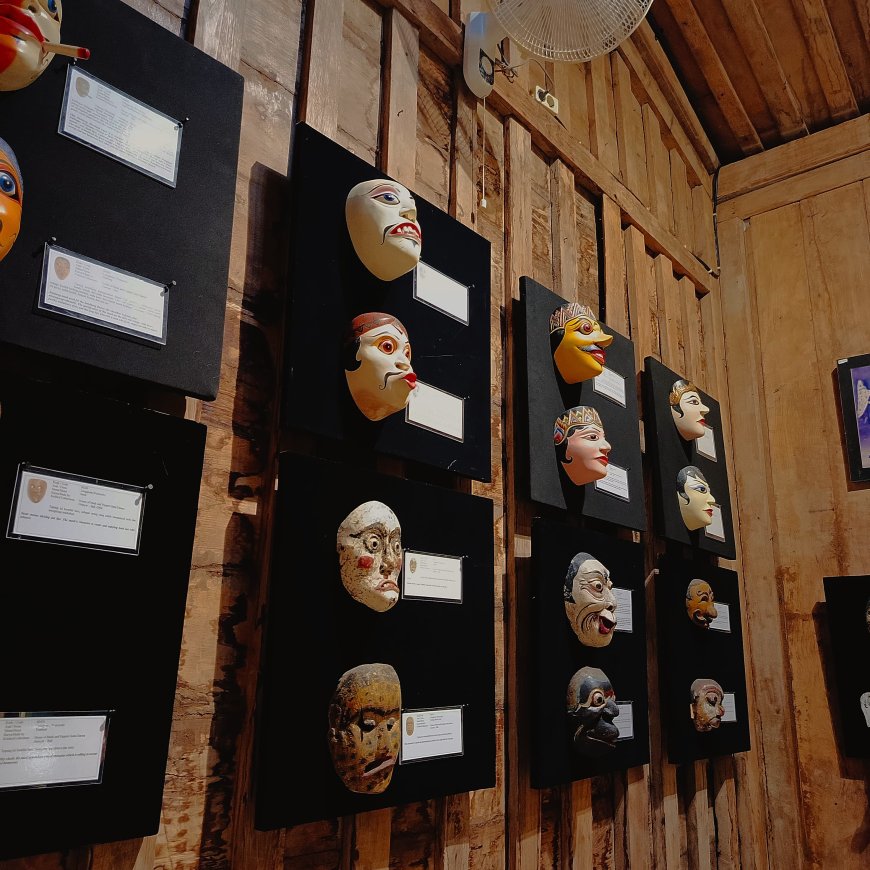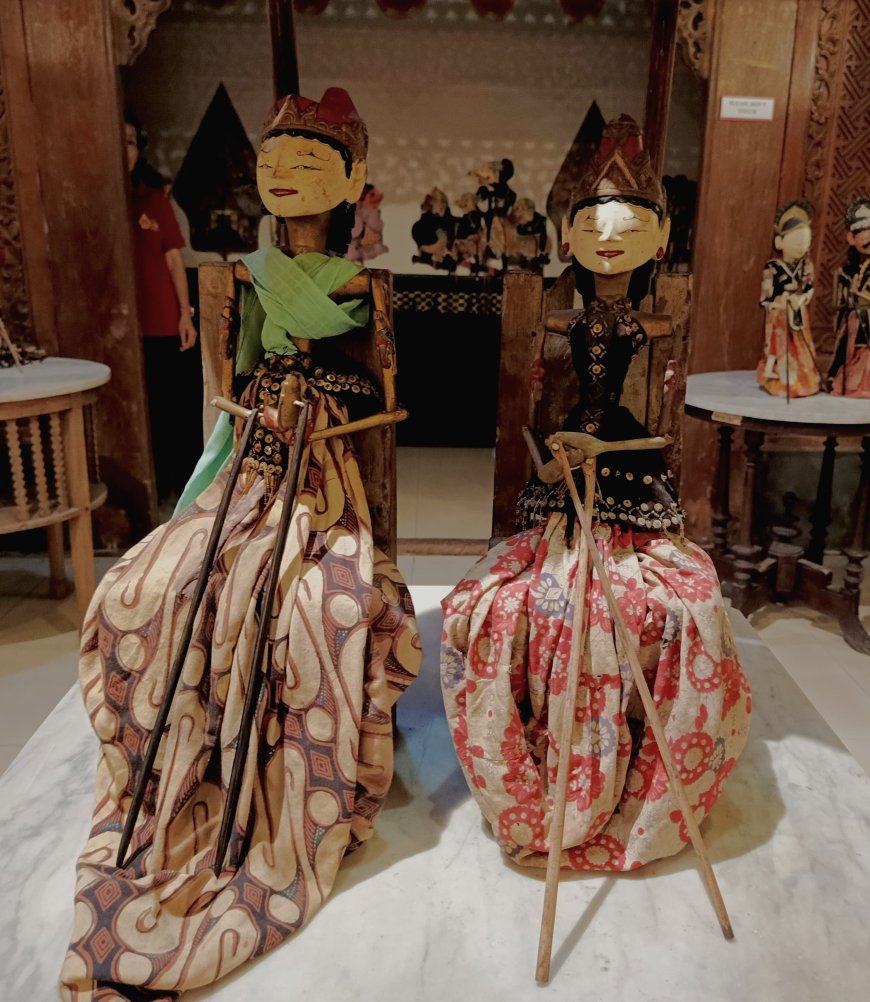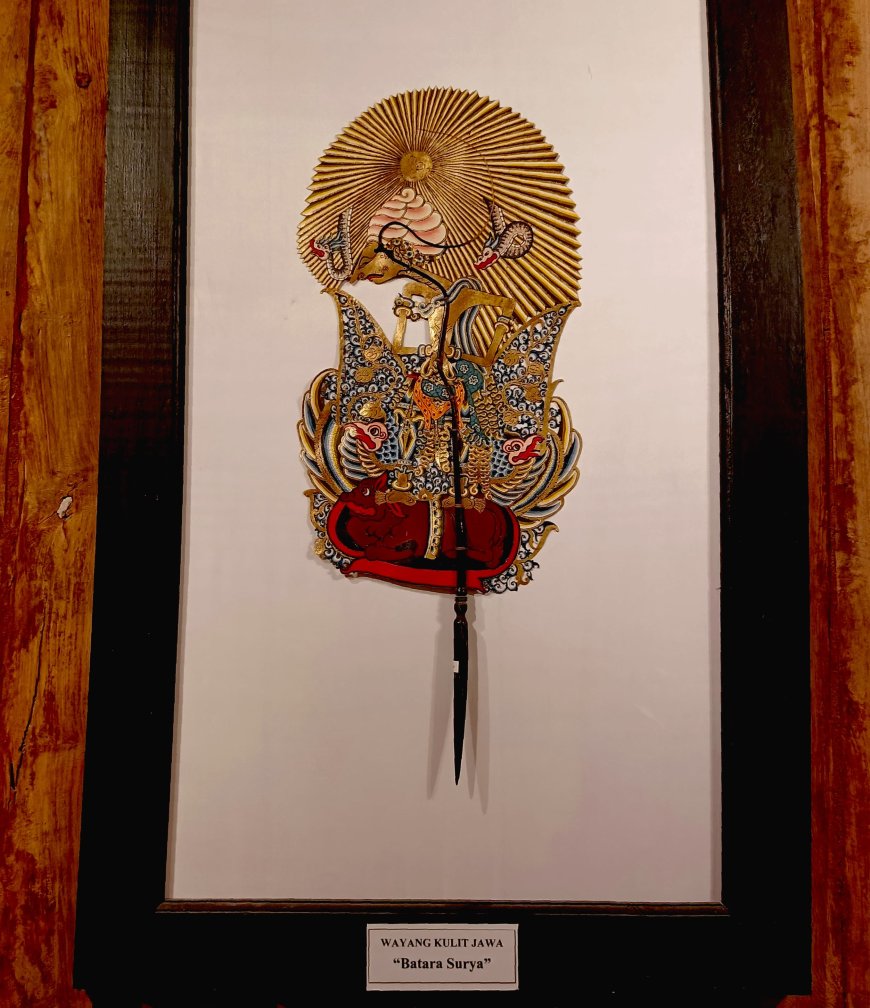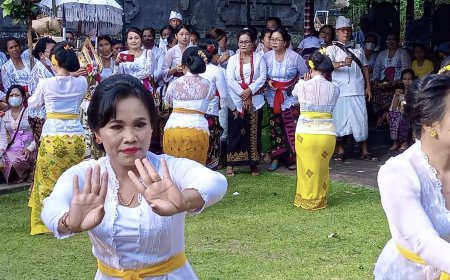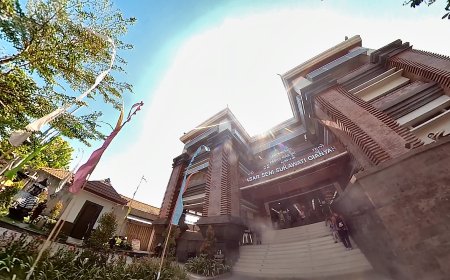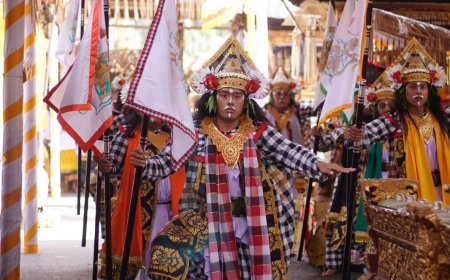Setia Darma House of Masks and Puppets: A Gem of Wayang and Mask Art in Gianyar
Setia Darma House of Masks and Puppets in Ubud, Bali, is a unique museum that combines natural beauty with cultural richness. Founded by Hadi Santoyo in 1996, the museum showcases over 1,300 masks and 6,000 puppets from Indonesia and around the world, making it an invaluable center for cultural education. With seven beautifully crafted Joglo buildings, a serene and lush atmosphere, and an extensive collection of masks and puppets from various countries, this museum is also a vital hub for preserving traditional art forms.
Bali, known as the Island of the Gods, captivates tourists not only with its stunning landscapes and beaches but also with its rich cultural heritage and traditions. Among the many treasures of Balinese culture is its diverse traditional dance and theatrical arts. To preserve this cultural heritage, various efforts have emerged, one of which is the Setia Darma House of Masks and Puppets, a museum nestled in the serene greenery of Ubud.
Located at Jalan Tegal Bingin Mas, Banjar Tengkulak Tengah, Desa Kemenuh, Sukawati, Gianyar, this museum represents a tangible dedication to preserving Indonesian art and tradition. Established by Hadi Santoyo, a businessman from Malang, the museum has been serving as an educational center for both locals and international visitors since its founding in 1996. The museum showcases the vast array of Indonesia’s rich cultural heritage through the art of masks and puppets.
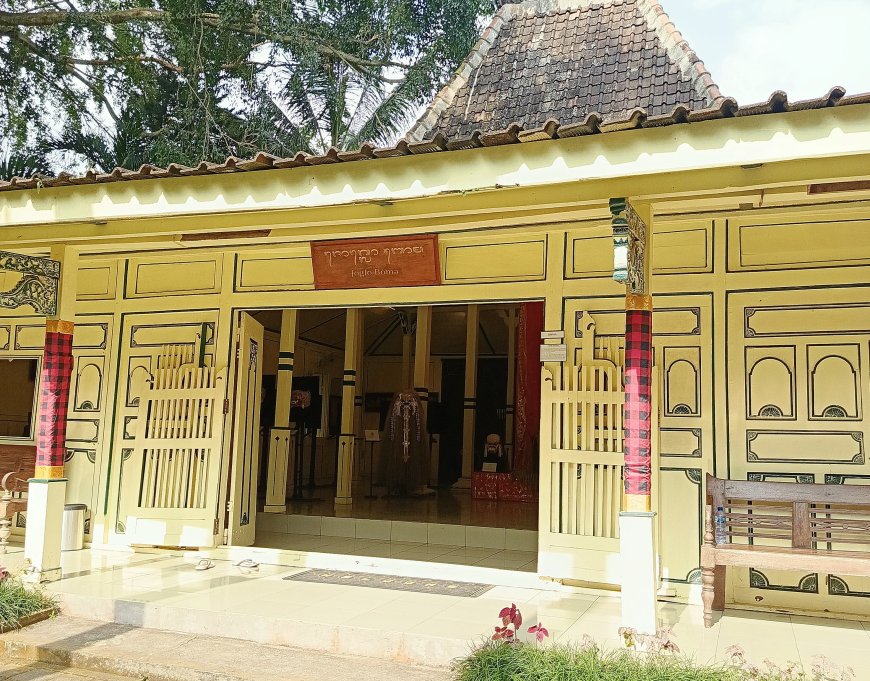
Joglo Boma (Source: Personal Collection)
History and Unique Architecture
Since 2004, the museum has been collecting masks and puppets, housing them within its spacious grounds that are surrounded by lush trees and gardens, creating a cool and tranquil atmosphere. One of the standout features of the Setia Darma House of Masks and Puppets is its unique architecture, where traditional Joglo houses, Javanese traditional homes that are adorned with Balinese ornamental touches. This fusion of Javanese and Balinese styles beautifully represents Indonesia's cultural diversity.
The museum complex consists of seven Joglo buildings, each named after its origin or distinctive features, such as Joglo Senori, Joglo Keben, Joglo Pelumpang, Joglo Boma, Joglo Bojonegoro, Joglo Biru, and Joglo Pavilion Japan. One of the most striking is Joglo Boma, a Demak-origin Joglo made entirely of teak wood, painted in the bright yellow “pari anom” Javanese style, symbolizing prosperity with its green accents.
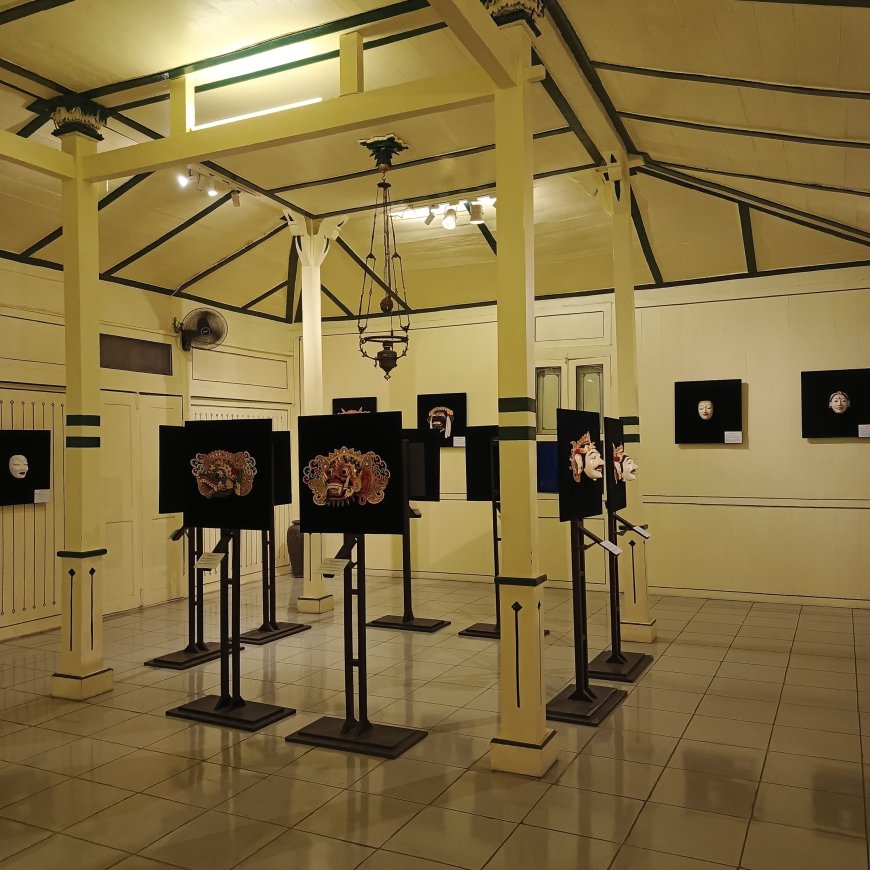
Masks on Display at the Setia Darma Museum (Source: Personal Collection)
Remarkable Collections
The Setia Darma House of Masks and Puppets boasts an impressive collection of over 1,300 masks and 6,000 puppets. These collections originate not only from Indonesia but from all corners of the world. Local treasures include various Balinese masks and puppets, such as the Bali Leather Puppet Cupak - Gerantang, crafted by I Wayan Nartha, Bali Gambuh Puppets, Babad Leather Puppets, as well as Topeng Jero Gede and Topeng Jero Luh. In addition, there are iconic Balinese figures like the Barong Bali, and dolls like Raja Bali and Maling Sakti.
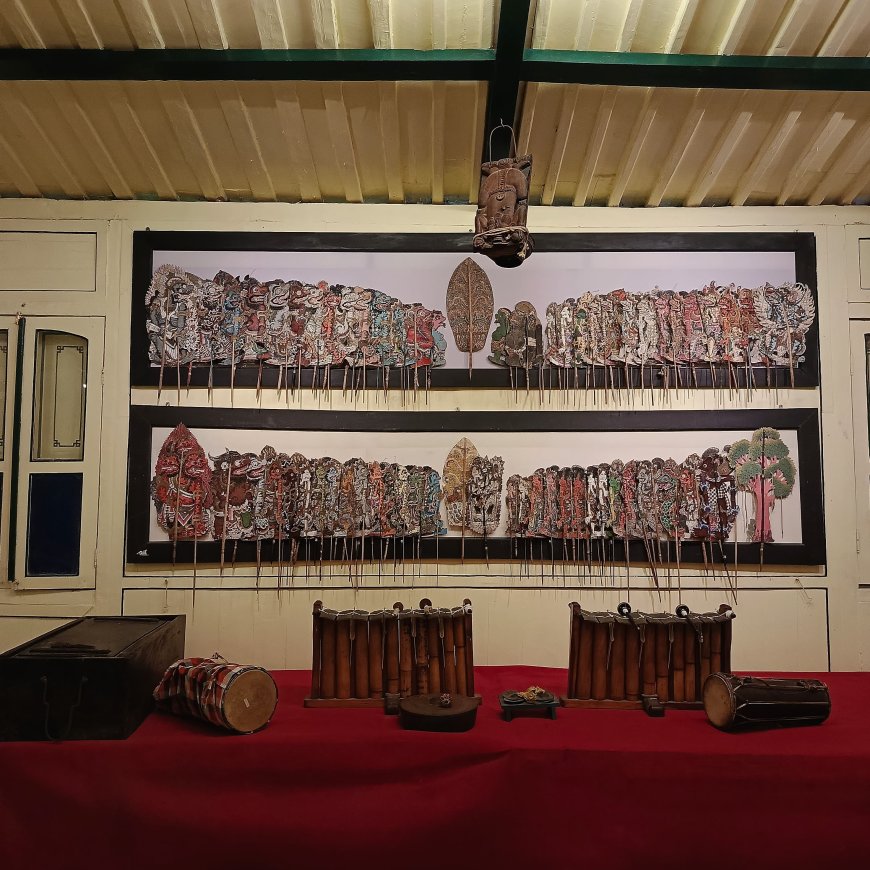
Puppets and Traditional Musical Instruments Used in Wayang Performances (Source: Personal Collection)
The international collection is equally fascinating, with masks from China, Japan, Mexico, Italy, Sri Lanka, Laos, Vietnam, and several countries from the African continent. International puppets from countries like Malaysia, India and Japan also enrich the museum’s diverse range. Each item is meticulously displayed, complete with detailed narratives explaining the origin and philosophical meaning of each mask and puppet.
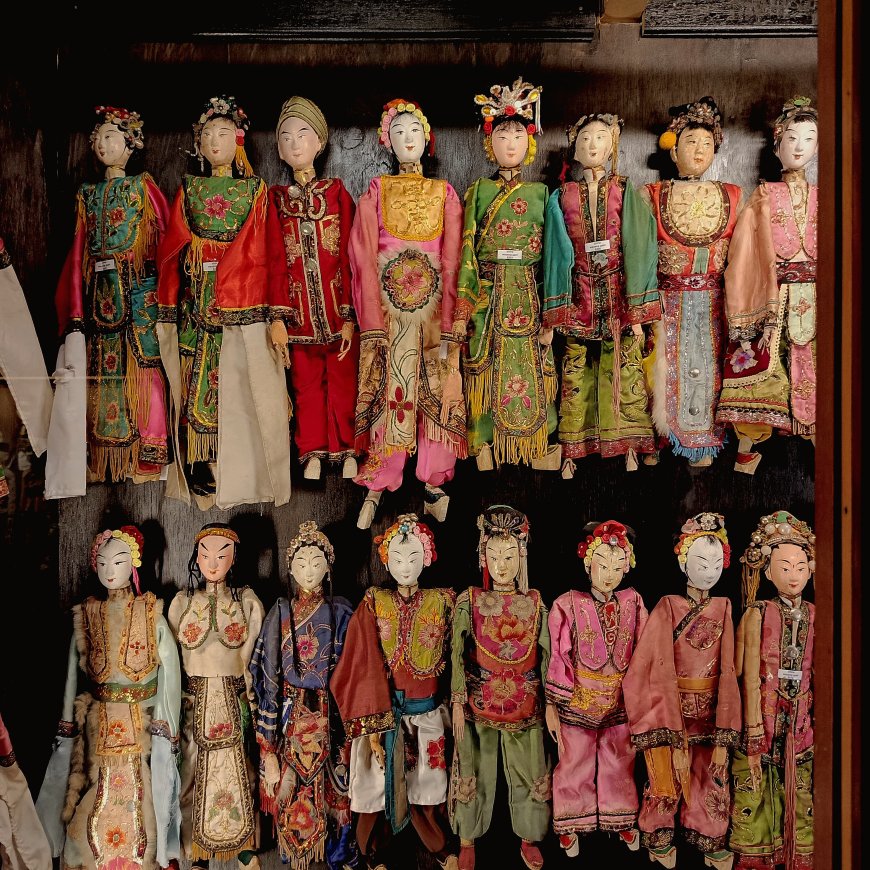
Gaet Puppet from Hok Kian - China (Source: Personal Collection)
A visit to the Setia Darma House of Masks and Puppets is like stepping into a magical world filled with stories and history. Visitors can marvel at the intricate details, colors, expressions, and philosophies behind each mask and puppet from various regions and countries, making every corner of the museum an educational journey into the world of culture and art. Beyond its role as an educational hub, the museum offers a calming, aesthetic experience thanks to its serene, green surroundings.
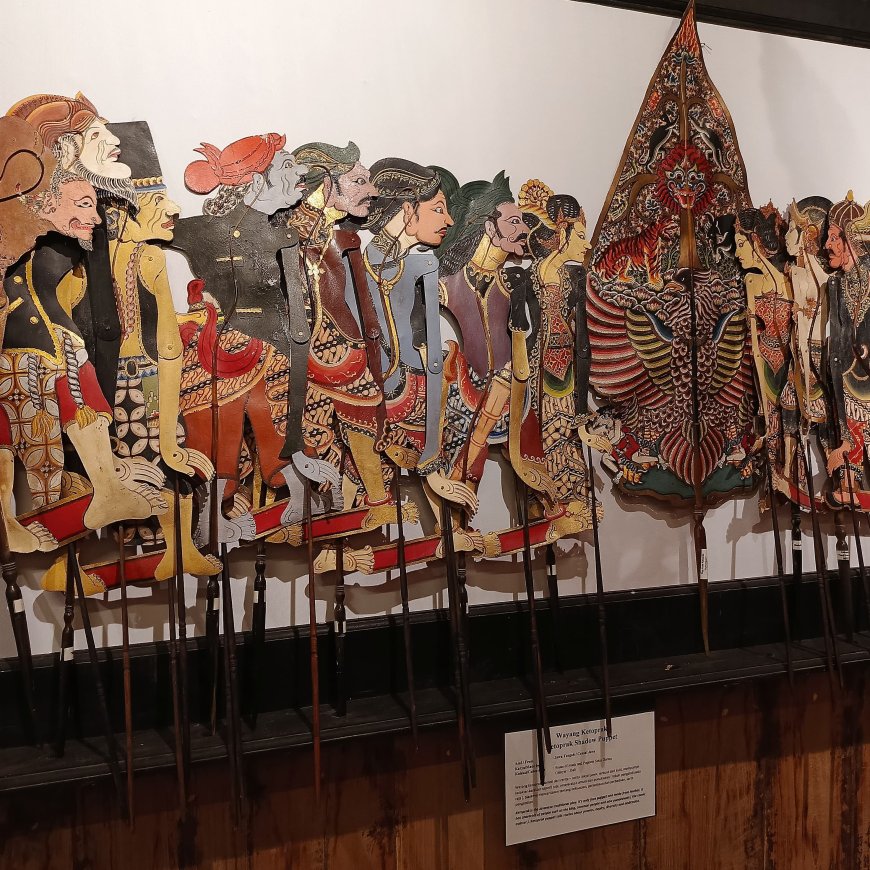
Ketoprak Puppet - Central Java (Source: Personal Collection)
In addition to housing thousands of collections, the museum offers facilities such as an open stage, a wantilan (traditional pavilion), and a large teak building designed for art performances. The museum regularly hosts events, including wayang performances, musical dramas, and traditional art showcases. Its scenic beauty and tranquility have also made it a popular venue for weddings, offering an exotic and peaceful backdrop for special occasions.
What makes the Setia Darma House of Masks and Puppets even more remarkable is that it is self-funded, and there is no entrance fee for visitors. Guests are free to explore and enjoy the cultural collections at no cost, though donations are welcome to help maintain the site. The museum is open daily from 8:00 AM to 4:00 PM, providing a peaceful retreat and cultural education in the heart of Ubud.
The Setia Darma House of Masks and Puppets is more than just a museum; it is a reflection of dedication to preserving Indonesia’s cultural heritage. Each collection on display serves as a reminder of the importance of cherishing and protecting our ancestors' artistic legacy, ensuring that traditional arts continue to thrive for future generations to enjoy.









